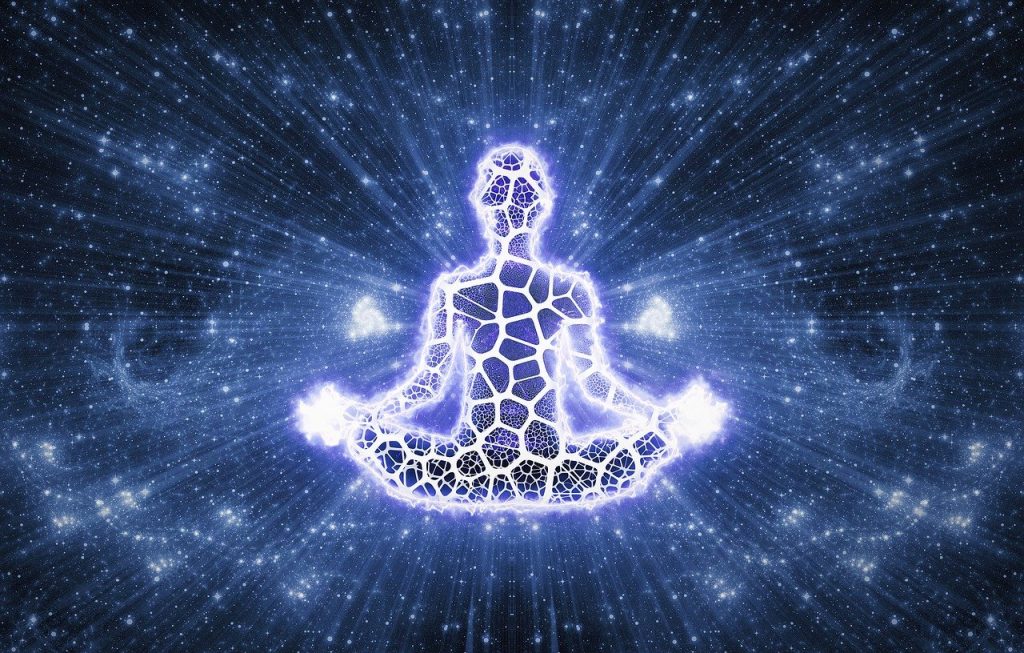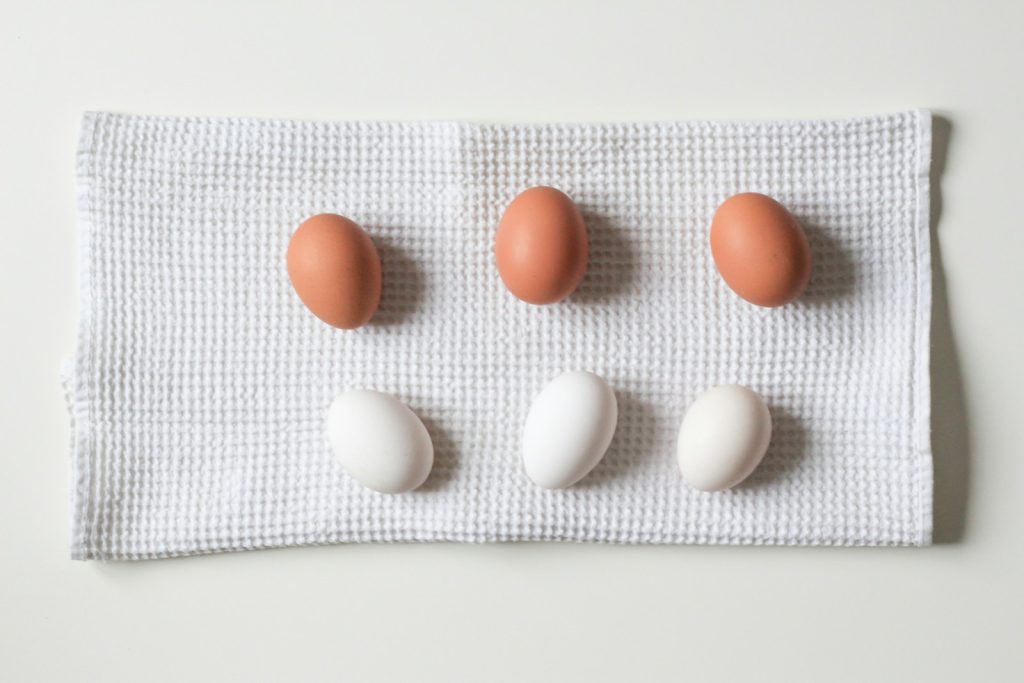Understanding Hormones and Yoga’s Remarkable Impact on the Endocrine System
Let’s begin by exploring the basics: What are hormones, and why are they vital to our body’s functions? We’ll also delve into the fascinating connection between yoga and hormonal balance, concluding with specific yoga poses that stimulate key glands.
Hormones are chemical messengers produced and secreted by endocrine glands into the bloodstream. These glands form the endocrine system, a network of organs and tissues that regulate essential bodily functions. Hormones act as the body’s “chemical communicators,” directing processes like metabolism, growth, reproduction, stress response, and sleep cycles.
For example, adrenaline, released by the adrenal glands, increases heart rate and blood pressure during stress. Similarly, melatonin from the pineal gland regulates sleep-wake cycles. Hormones travel through the blood to target cells equipped with specific receptors, ensuring precise communication between systems.
The Endocrine System: Key Glands and Their Roles
The endocrine system comprises glands that produce, store, and release hormones. Each gland influences both physical health and emotional states. Here’s a breakdown:
- Hypothalamus & Pituitary Gland
- The pituitary (the “master gland”) controls growth and reproduction, guided by the hypothalamus. The hypothalamus also regulates hunger, body temperature, and circadian rhythms.
- Pineal Gland
- Located in the brain’s center, it secretes melatonin to manage sleep cycles.
- Thyroid & Parathyroid Glands
- The thyroid (neck) governs metabolism, while the parathyroid regulates calcium levels.
- Thymus
- Active until puberty, it develops immune cells (T-cells).
- Adrenal Glands
- Situated above the kidneys, they release cortisol and adrenaline for stress response.
- Pancreas
- Produces insulin and glucagon to balance blood sugar.
- Ovaries & Testes
- Produce sex hormones (estrogen, testosterone) critical for reproduction.
Yoga and Hormonal Balance
Yoga’s physical postures (asanas), breathwork (pranayama), and meditation profoundly impact the nervous, endocrine, and immune systems. Studies show yoga can modulate stress hormones like cortisol, enhance thyroid function, and support reproductive health. Specific practices like Hormone Yoga Therapy (HYT) even target hormonal imbalances directly.
What is Hormone Yoga Therapy?
Developed in 1992 by Brazilian psychologist Dinah Rodrigues, HYT combines Hatha Yoga poses and breathing techniques to stimulate endocrine glands. Dynamic sequences activate glands like the thyroid and ovaries, while restorative practices reduce stress. Sessions typically last 45–60 minutes. Note: HYT complements but does not replace medical treatment—consult a healthcare provider for hormonal disorders.
Yoga Poses to Stimulate Endocrine Glands
Certain poses apply gentle pressure or increase blood flow to glands, enhancing their function:
- Inversions (Sirsasana, Sarvangasana): Reverse blood flow to nourish the pituitary, pineal, and thyroid.
- Twists (Ardha Matsyendrasana): Massage the pancreas and adrenal glands.
- Bridge Pose (Setu Bandha Sarvangasana): Stimulates the thyroid and reproductive organs.
- Child’s Pose (Balasana): Relieves stress, calming the adrenal glands.
- Cobra (Bhujangasana): Activates the ovaries/testes and adrenal glands.
Breathwork (Pranayama): Techniques like Nadi Shodhana (alternate nostril breathing) lower cortisol, promoting relaxation.
Chakras and Endocrine Glands
In yogic tradition, endocrine glands align with energy centers (chakras):
- Sacral Chakra (Svadhisthana): Ovaries/testes.
- Solar Plexus (Manipura): Pancreas/adrenals.
- Heart Chakra (Anahata): Thymus.
- Throat Chakra (Vishuddha): Thyroid.
- Third Eye (Ajna): Pineal gland.
Yoga sequences targeting these chakras can harmonize glandular functions.
In Conclusion: By integrating yoga into daily life, we can nurture hormonal harmony, reduce stress, and enhance overall vitality. Pair these practices with supportive tools for a holistic approach to wellness.







